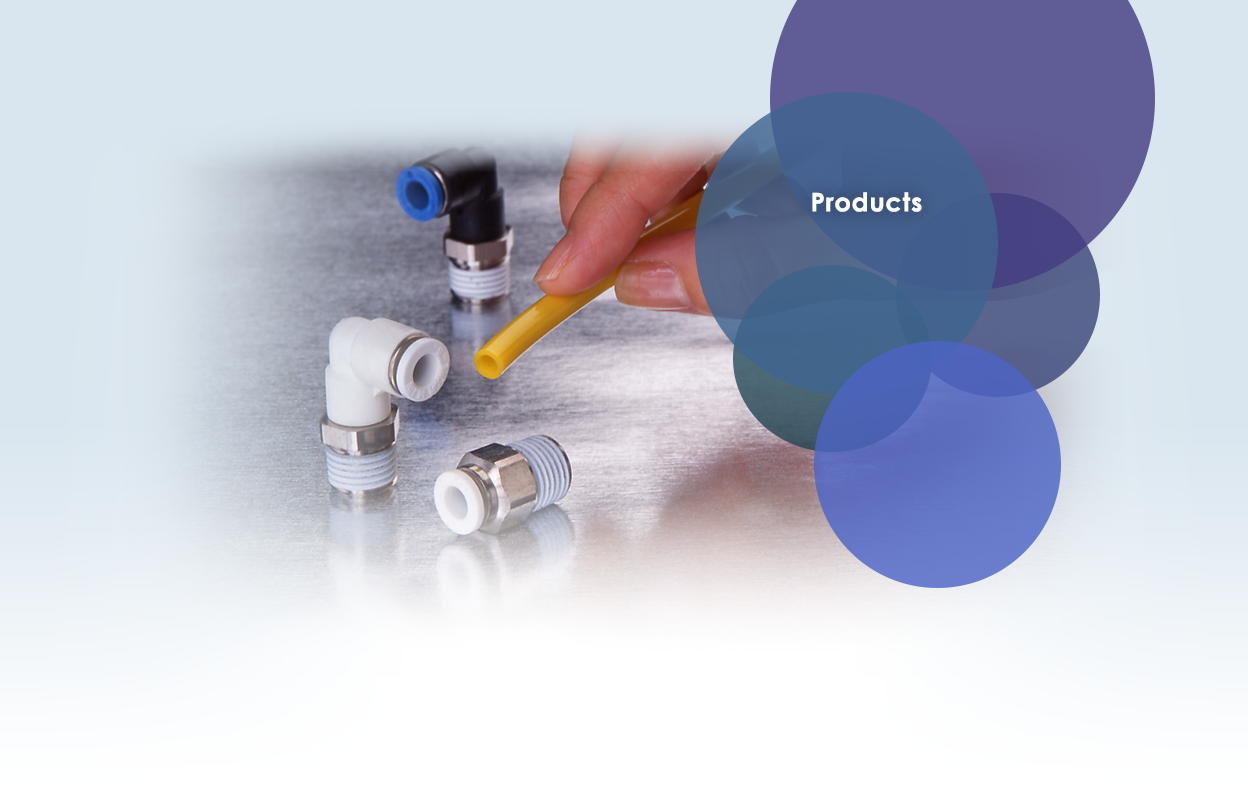Nitta Hydraulic Hose Information
Hydraulic hose is mainly designed to convey hydraulic fluid to or amongst hydraulic components, valves, actuators, and tools. It is generally flexible, frequently reinforced and typically constructed with numerous layers of reinforcement for the reason that hydraulic systems frequently operate at high or very excessive pressures. Hydraulic hose is used in a wide variety of commercial hydraulic systems. Dimensions, performance specs, materials, and functions are all important parameters to don't forget when looking for hydraulic hose.
Performance Specifications
Important hydraulic hose performance specifications include temperature score and pressure score.
Temperature
Hydraulic hoses often operate at temperatures into the masses of ranges Celsius, and those that do require temperature ratings which exceed the temperature limits of the application. These limits encompass each the media temperature (the temperature of the hydraulic fluid) and the ambient temperature (the temperature of the encompassing environment). Operating above or underneath a hose's rated temperature variety can reduce its carrier life and have some of the other adverse results on performance (e.G. loss of flexibility, cracking). The form of hydraulic fluid being conveyed can also boom or lower the consequences of temperature variation at the hose, based on the fluid's thermal stability and heat capacity. Because of this, some producers specify special temperature ratings for distinctive fluids.
Pressure
The stress rating defines the pressure according to the unit place that may be exerted on the hydraulic hose at some point of operation, typically measured in pounds consistent with rectangular inch (psi). The required maximum working stress of the hose should be more than the working stress and any surge or height pressures inside the system. Often producers will include a safety aspect into the most working pressure ratings of their hoses. Because hydraulic hoses typically function underneath high pressures, stress rating is incredibly vital within the selection manner for safe and dependable operation.
Materials
Hydraulic hoses and assemblies are regularly constructed of more than one substance, but the number one materials used are of the maximum importance. These materials differ primarily based on numerous physical properties.
- Elastomeric or rubber hydraulic hoses are usually lower stress hoses frequently selected for their amazing flexibility.
- Fluoropolymer hoses provide exquisite flex lifestyles in impulse applications, superior chemical and corrosion resistance, and high-temperature operation.
- Thermoplastic hydraulic hoses provide tight minimal bend radii and high-quality kink resistance.
- Metal hoses can manage excessive temperature flow materials and often can handle very high pressures. They may be either stiff or flexible.

LB70 HIGH FLEXIBILITY HOSE FOR COMPACT PIPING
With the LB70 Series, Nitta hose is most current expansion to the Linemate line of Hydraulic Hoses is significantly increasingly adaptable and takes into consideration progressively smaller channeling.
Contrasted with wire-plaited elastic hoses, Nitta hose is Linemate line of Hydraulic hoses, produced using pitch, furnishes its clients with a progressively adaptable item while displaying high curve obstruction simultaneously. This is because of the inward center, adaptable yet exceptionally strong manufactured fiber layers. Also, these gum hoses offer lighter weight and an exceptionally scraped area safe polyurethane spread material, prompting high lifetime and longer substitution cycles even in extremely requesting applications.
With the most up to date expansion to the lineup, the LB70-arrangement, the points of interest in adaptability are considerably increasingly articulated, presenting to 25% higher adaptability contrasted with past pitch hose lines and in this manner significantly progressively minimal structures for machine device channeling. This remains constant even in contrast with the LF70 arrangement of high adaptability hoses, indicating just ca. 60% of its twisting power required for a 180° curve at a 45mm bowing span, making it Nitta hose is most adaptable hose by an enormous edge.
The LB70 arrangement is accessible from sizes 04 (6.4mm Inner Diameter, 10.5mm Outer Diameter) up to 16 (25.7mm ID, 33.4mm OD). It tends to be outfitted with Nitta hose is arrangement of swage type steel couplings (SA, SE, SF, AE45, AE90 arrangement).


